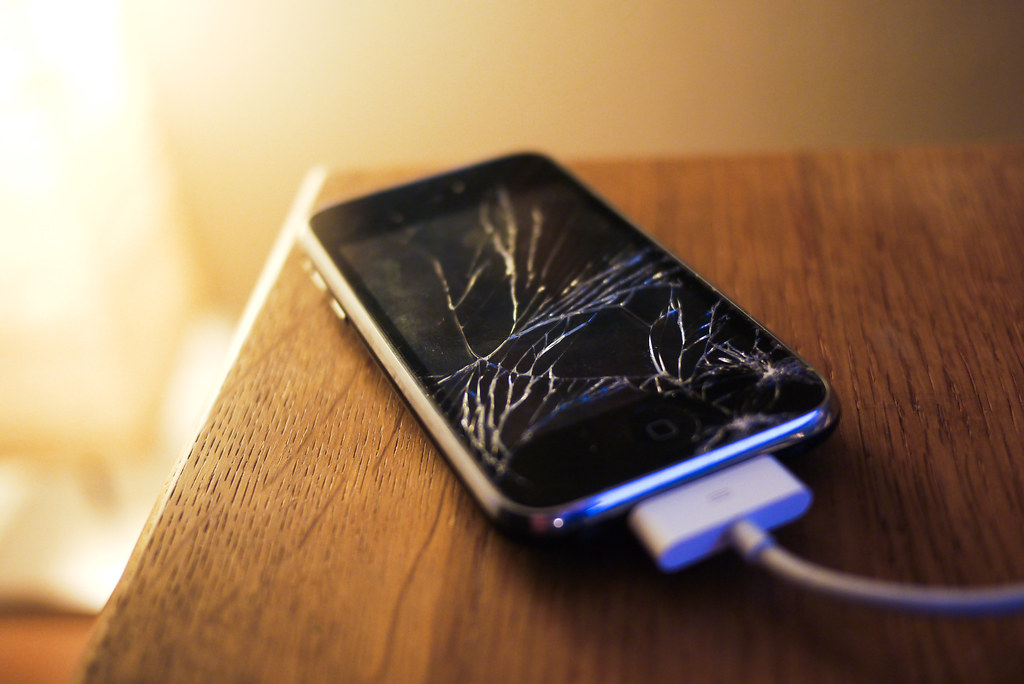What if they copy off my data? What if they damage it further? What if they install substitute parts? What if they install malware? While not all repair shops are unscrupulous, it is always best to take a few steps to add extra protection.
Step 1: Prepare
Prepare your smartphone by doing two things. First, un-encrypting the data. That's right, remove the encryption security feature temporarily. This will make it easier to move data to the cloud or another device. Second, make a note of both the phone IMEI number and the battery serial number (if removable).
Step 2: Wipe After Backup
It may seem extreme, but the best way to protect your data is to not hand it over at all. Leaving your password on offers some protection, but it can also prevent the repair technician from doing a thorough job or repairing and testing the phone.Take a few moments to backup the handset to the cloud or a computer, ensure your data is retrievable and then proceed to wipe all settings and data. In effect, what you are doing is a factory reset to make the phone like the day you bought it.
Step 3: Remove the SIM & SD card
Protect your privacy by retaining your SIM card. If the technician needs to make a test call, they should have a compatible SIM on hand expressly for this purpose. Just be sure to let the technician know if your handset is locked to a specific network.Similarly, pull out your micro SD card (if you’ve got one installed). Chances are, you’ve got more than just precious pictures on the card. Some smartphones save apps and critical data on the removable storage device in order to free up space on the unit.
If you forgot to unencrypt your card before removing it from a wiped handset, your data may be irretrievably lost. That’s why it’s listed at Step 1; it’s important!
Step 4: Take Pics
Rope in a friend to assist by using their smartphone to take pictures of your smartphone. Engage your ‘CSI’ self and take multiple pics from various angles including images of any damage, images of the internal components and clear images of the battery including the serial number where possible.Step 5: Protective Packaging
Don’t transport your phone without protective packaging. Break out the original box, if you still have it, or some bubble wrap, if handy. You want to ensure that you don’t pick up any more bumps and scratches between when you transport it to the shop and when they return your repaired handset.Step 6: Timestamp the receipt
Note the specific date and time your phone left your possession and keep this information with you. Let’s hope your phone is returned in perfect condition in a short time. If not, you made need your timestamped receipt to lodge a complaint. Worse, you made need your receipt to prove that you had no access to your handset for a period of time. The rest, I will leave to your imagination.Once you've got your precious instrument back, check it thoroughly to ensure there are no new scratches. Make sure it is your phone and battery by inspecting the IMIE and battery serial number. Factory reset the phone one more time. Install your SIM and micro SD card. Then restore from your backup.
Once you're up and running, it is time to encrypt your data for maximum protection. Then back it up again. You're ready to go. Enjoy your repaired phone!
No comments:
Post a Comment
Greetings:
Thanks very much for your comment!
Regards,
Carlette
www.carlettedeleon.com